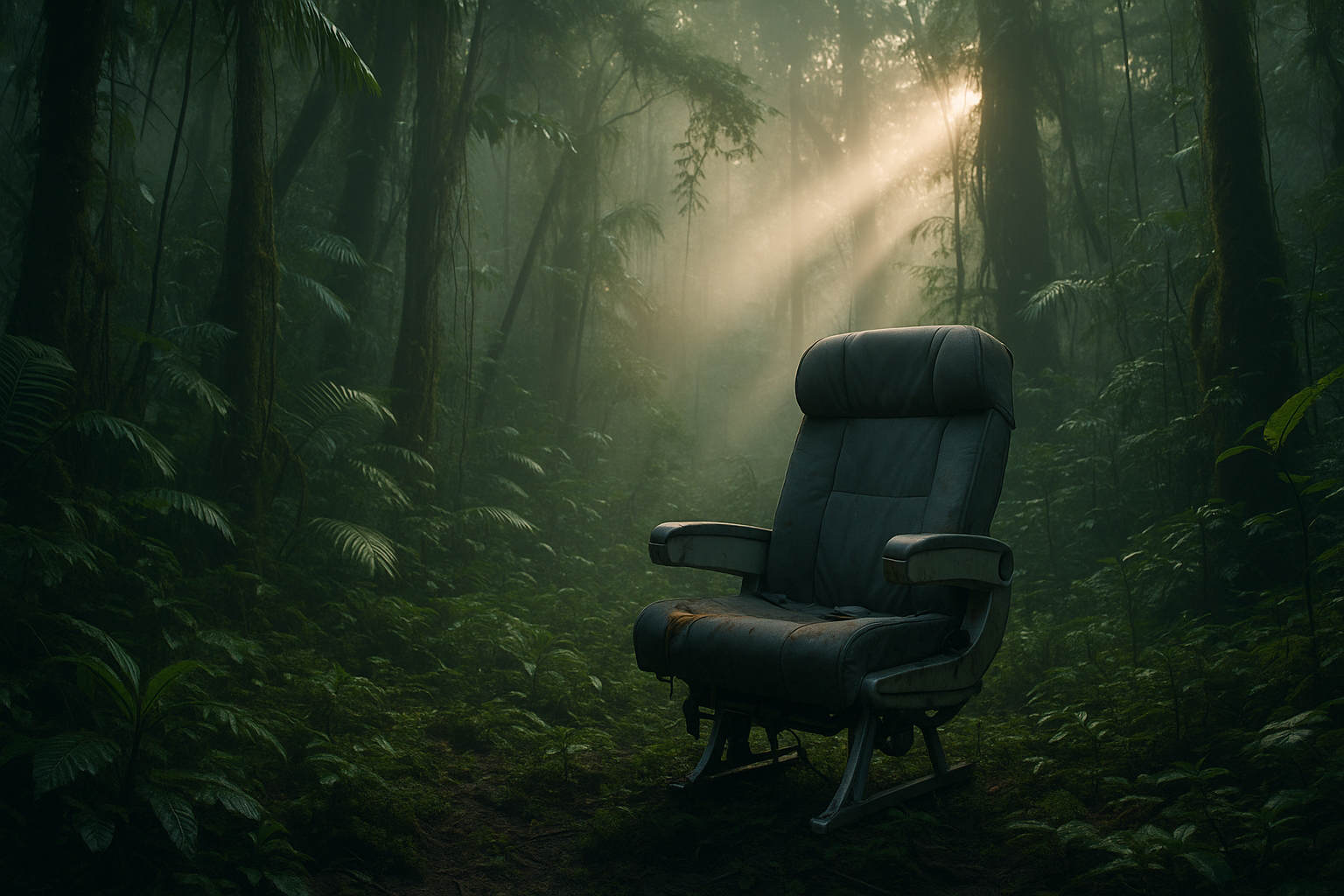We board a flight, buckle our seatbelts, and place our trust in the mundane miracle of modern aviation. We sip coffee, watch movies, or drift to sleep, suspended miles above the earth. For the vast majority, the journey ends as routinely as it began. But this article is not about the vast majority. This is about the statistical impossibilities. This is about the moment the laws of physics and probability are brutally defied by the sheer, stubborn persistence of a single human life.
This is a difficult subject. As a journalist who has covered human stories for years, I’ve often found that the line between tragedy and miracle is hauntingly thin. The stories that follow are not just about “luck.” To call them lucky would be to diminish the unimaginable terror they endured, the profound loss they witnessed, and the extraordinary resilience they summoned. These are stories of human beings pushed to the absolute fringe of existence and, somehow, finding a way back. They are the 10 People Who Survived Plane Crashes Against All Odds.
- The Defiance of Destiny: More Than Just Luck
- 10 Astonishing Stories of Survival
- 1. Juliane Koepcke: The “Green Inferno” Survivor (LANSA Flight 508)
- 2. Vesna Vulović: The 33,000-Foot Fall (JAT Flight 367)
- 3. The Andes Miracle: Nando Parrado & Roberto Canessa (Uruguayan Air Force Flight 571)
- 4. Cecelia Cichan: The Child Who Remembered (Northwest Airlines Flight 255)
- 5. Annette Herfkens: Eight Days of Grief and Survival (Vietnam Airlines Flight 474)
- 6. Bahia Bakari: The “Miracle Girl” of the Indian Ocean (Yemenia Flight 626)
- 7. Jim Polehinke: The Survivor in the Cockpit (Comair Flight 5191)
- 8. George Lamson Jr.: The “Ejection Seat” Survivor (Galaxy Airlines Flight 203)
- 9. Kechi Okwuchi: Finding Her Voice After the Fire (Sosoliso Airlines Flight 1145)
- 10. Ruben van Assouw: The Youngest Witness (Afriqiyah Airways Flight 771)
- The Unseen Scars: Life After the Miracle
- Lessons in Resilience: What They Teach Us
The Defiance of Destiny: More Than Just Luck
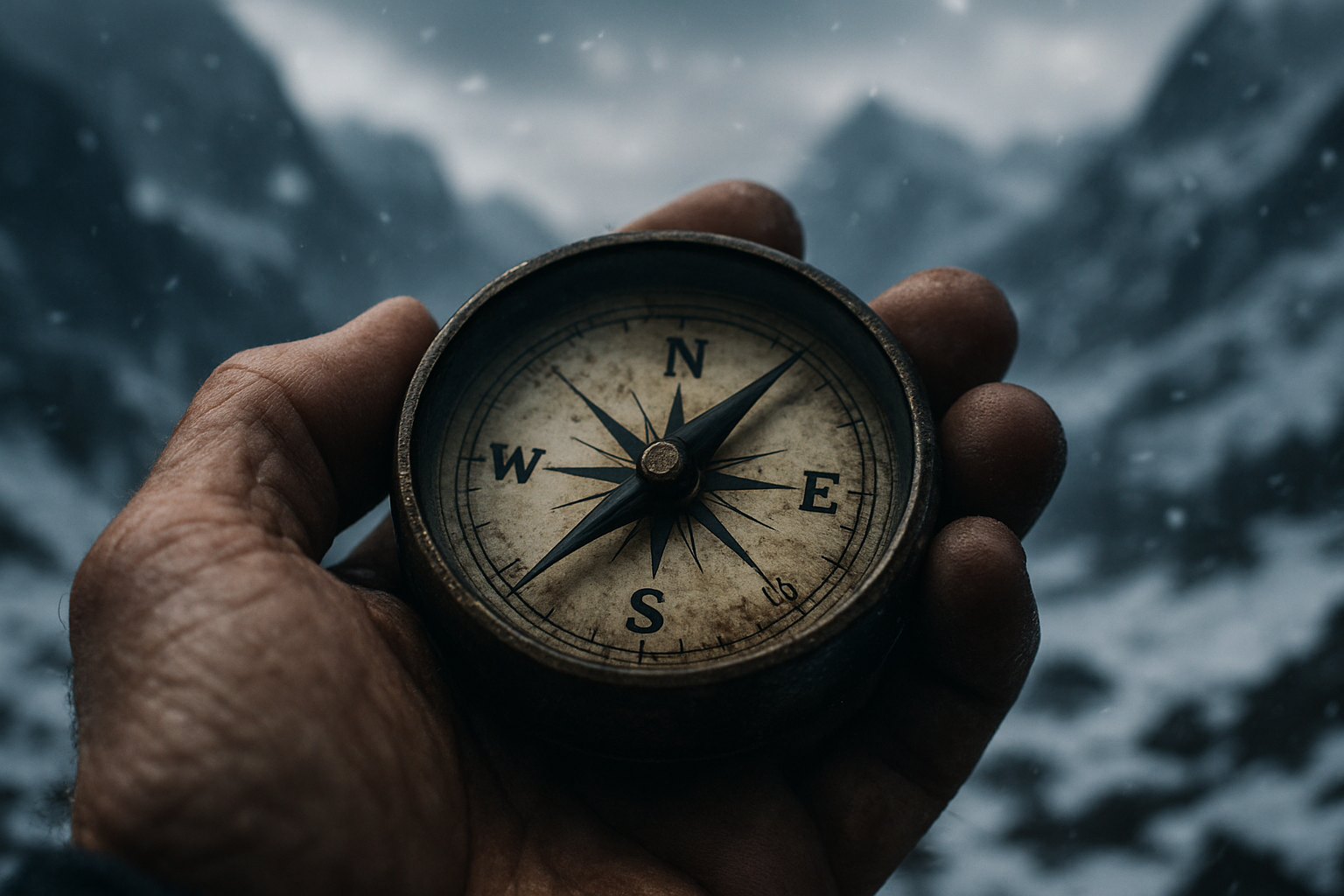
When an aircraft weighing hundreds of tons falls from the sky, the forces involved are apocalyptic. Survival is not a reasonable expectation; it is a deviation in the universe’s mathematics. What separates the few who walk away from the many who do not? Experts will point to factors like the “survivable crash zone,” the integrity of the seat, the angle of impact, or the immediate environment (water vs. jungle vs. snow).
And yet, after all the analysis, a profound mystery remains. It’s a mystery woven from instinct, circumstance, and something I can only describe as an indomitable will. Personally, I hesitate to call it mere chance. It feels more like a testament to the fact that even in our final moments, the human spirit is capable of fighting for one more breath. Let’s explore these testaments.
10 Astonishing Stories of Survival
Each of these narratives is unique, etched into history by a different set of horrifying and miraculous circumstances. Prepare yourself, as these are not just tales of survival, but profound stories of loss, trauma, and the complex journey that begins *after* the miracle.
1. Juliane Koepcke: The “Green Inferno” Survivor (LANSA Flight 508)
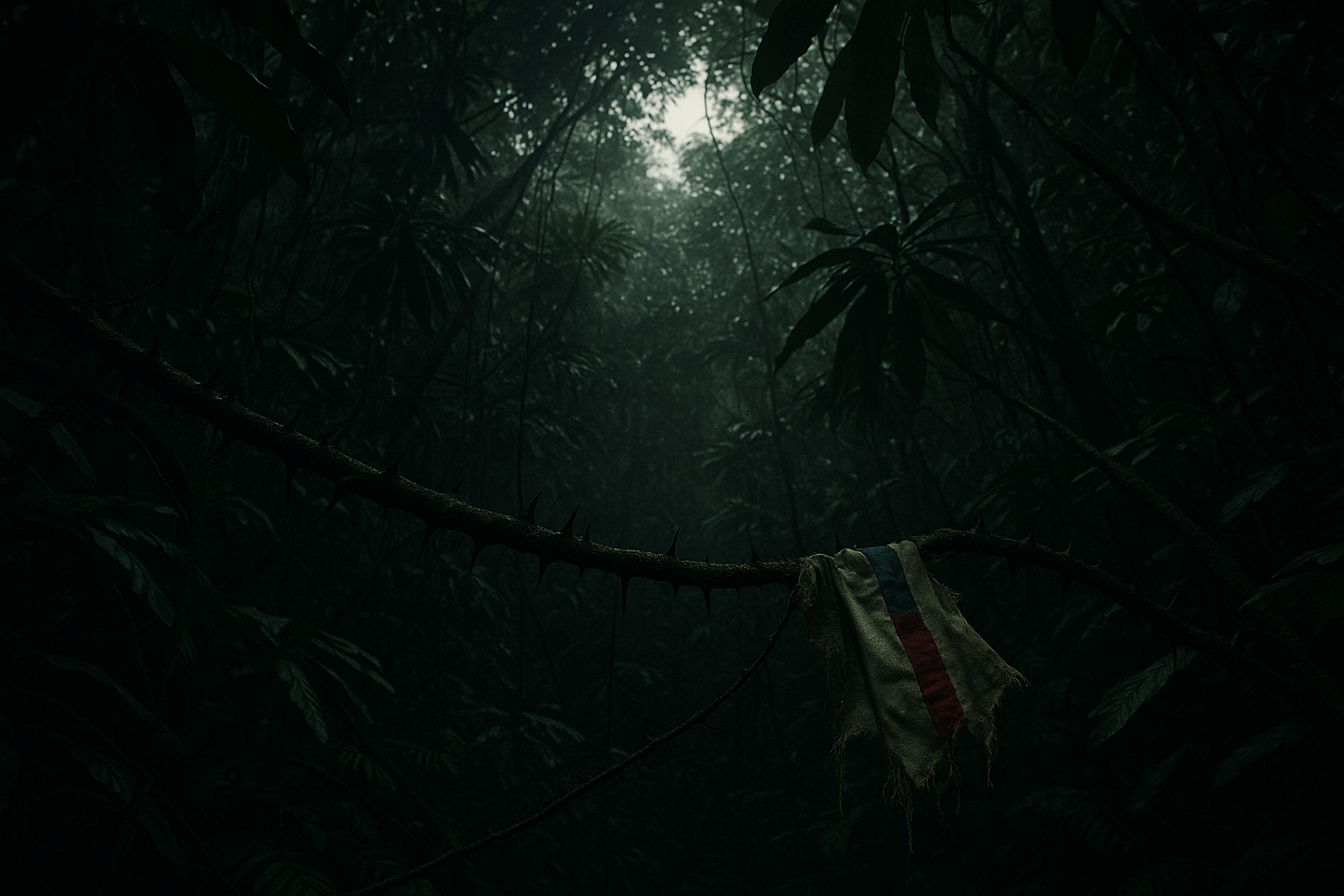
Imagine this: It is Christmas Eve, 1971. You are 17 years old, flying over the Peruvian Amazon with your mother. You are excited to see your father for Christmas. Then, the sky erupts. A violent thunderstorm engulfs the Lockheed L-188 Electra. Juliane Koepcke, the daughter of two renowned zoologists, felt the plane “jump.” Then, a blinding light as lightning struck the fuel tank.
“I remember the plane falling, but it was a different kind of falling,” she would later recall. The aircraft disintegrated in mid-air. Still strapped to her row of seats, Juliane plummeted. Two miles. 10,000 feet. She fell, alone, into the canopy of the most unforgiving jungle on Earth.
She described the jungle canopy rushing towards her “like heads of broccoli.” The row of seats, acting as a crude helicopter, and the incredibly dense foliage miraculously cushioned an impact that should have been fatal. She awoke the next morning, Christmas Day, on the jungle floor. She was alone. She had a broken collarbone, a deep gash on her leg, a concussion, and one eye was swollen shut. But she was alive.
For 11 days, Juliane did not just survive; she *navigated*. The knowledge her parents had imparted, the “jungle smarts,” became her lifeline. She found a small creek. Her father’s voice echoed in her memory: “If you are lost in the jungle, follow the water. It will lead to a larger river, and people.”
She waded, she walked, she swam. She was besieged by insects. She felt the terror of isolation. At one point, she discovered a wound on her arm had become infested with maggots. She remembered her father treating a dog with gasoline to remove parasites. It was a horrifying, painful choice, but she did it. On the 10th day, she found a boat. She waited, too weak to move, until three local lumberjacks found her. They thought she was a *Yemanjá*, a mythical water spirit. She was, instead, a testament to human endurance and the power of knowledge.
2. Vesna Vulović: The 33,000-Foot Fall (JAT Flight 367)
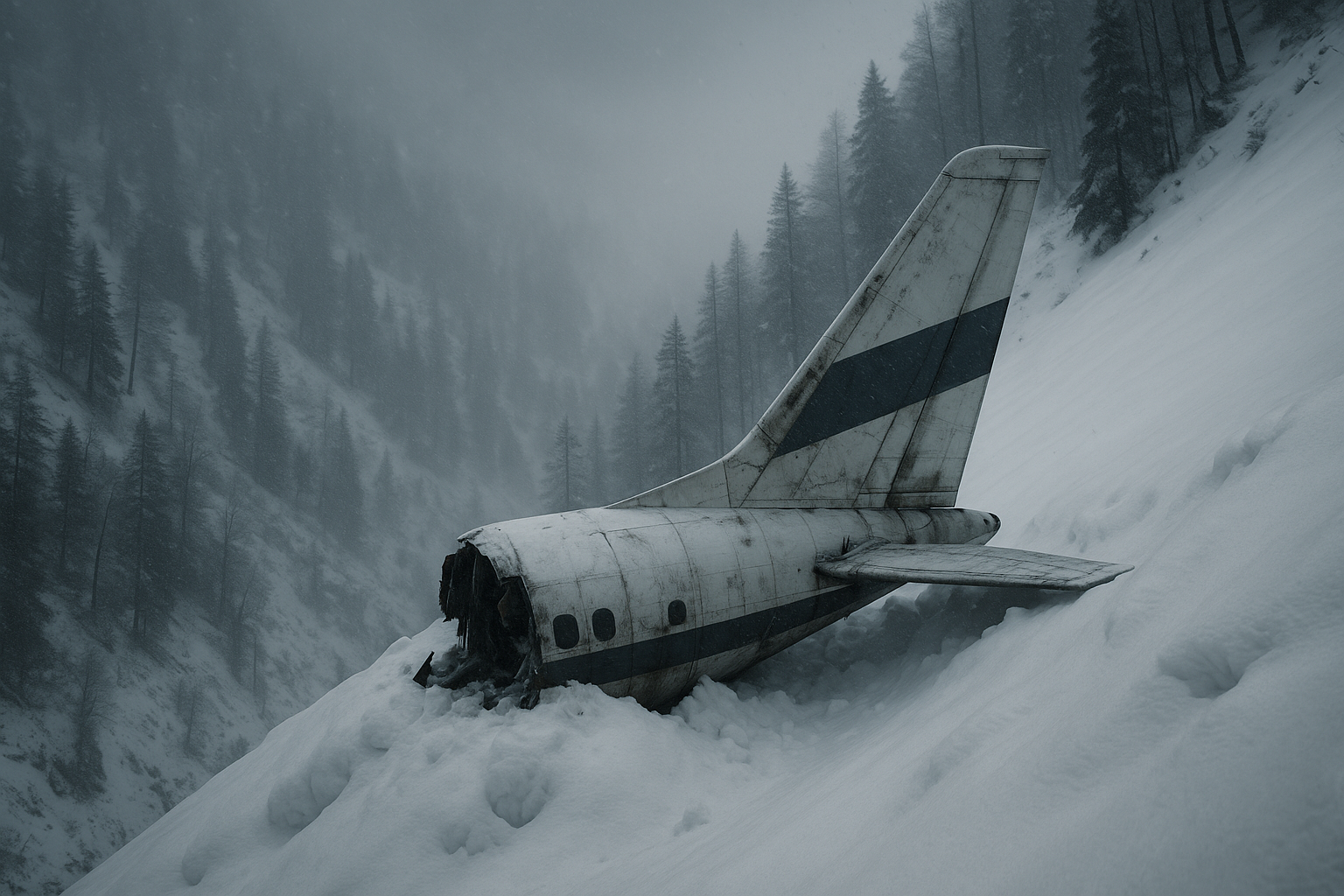
On January 26, 1972, Vesna Vulović was a 22-year-old flight attendant who wasn’t even supposed to be on JAT Flight 367. She had been mixed up with another attendant also named Vesna. This administrative error placed her at the center of a historical anomaly.
While flying over Czechoslovakia, a suspected bomb in the baggage compartment tore the McDonnell Douglas DC-9 apart at 33,333 feet (10,160 meters). This is not a survivable altitude. It is the cruising altitude of jets. The human body is not meant to exist there, let alone fall from it.
Vesna, along with 27 other passengers and crew, plummeted towards the frozen, wooded slopes of a mountain. Investigators pieced together what might have happened: Vesna was reportedly pinned by a food cart in the tail section of the fuselage as it broke away. This piece of the wreckage, with her inside, careened towards the earth. It crashed onto a steep, snow-covered, and heavily wooded mountainside. The combination of the snow, the trees, and the angle of impact all conspired to cushion the blow.
She was found by a villager, Bruno Honke, who had been a medic during WWII. He heard her screams. She was alive, but barely. Her skull was fractured, she had three broken vertebrae (one completely crushed), both legs were broken, her pelvis was fractured, and she had broken ribs. She was in a coma for days and was temporarily paralyzed from the waist down.
Her survival is a medical and physical marvel. She holds the Guinness World Record for the highest fall survived without a parachute. What I find even more astonishing? Vesna had no memory of the crash or the fall. And, in a final act of defiance against fate, she had no fear of flying afterward. She continued to work for the airline, albeit in a desk job, and became a national hero in Yugoslavia.
3. The Andes Miracle: Nando Parrado & Roberto Canessa (Uruguayan Air Force Flight 571)
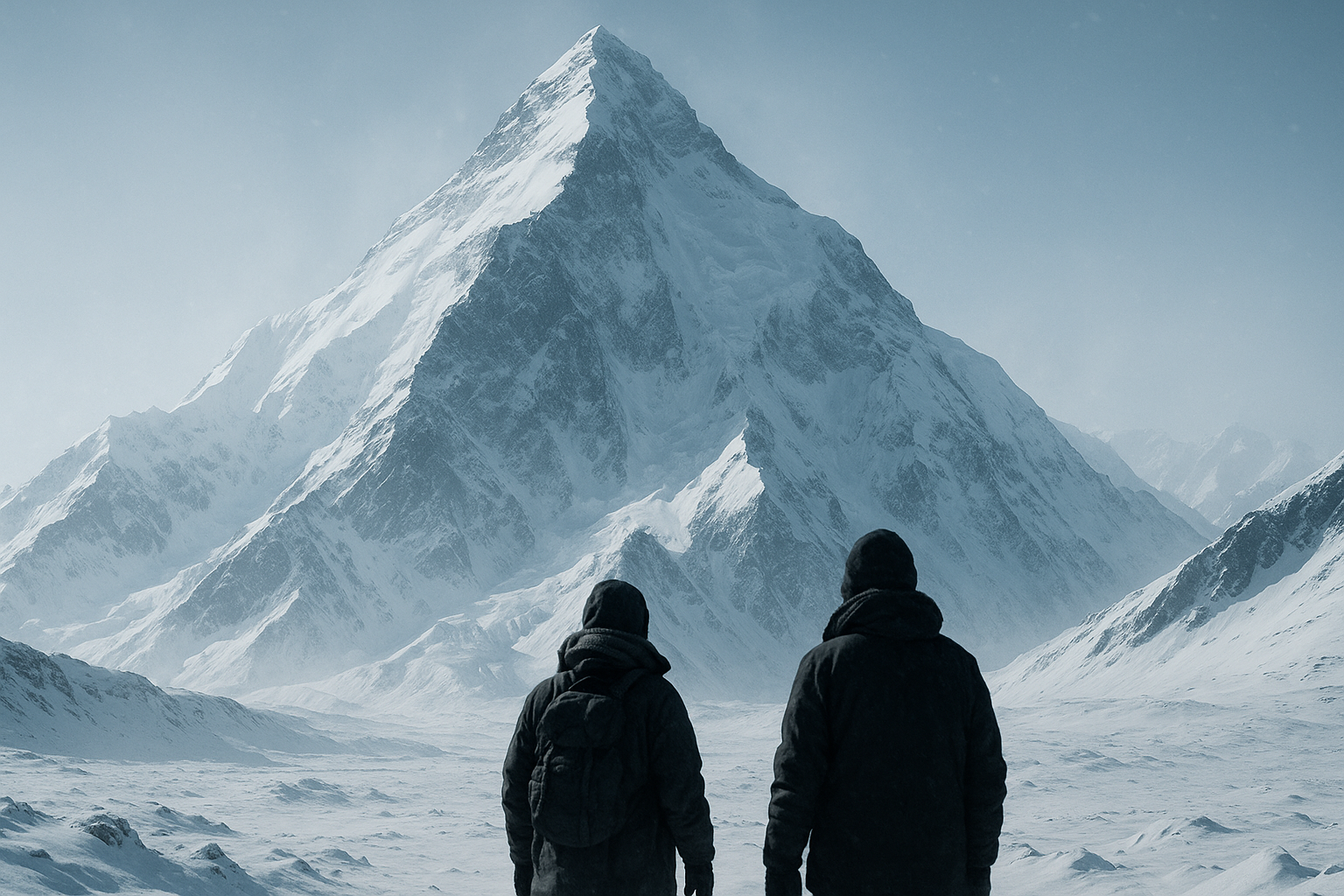
This is not the story of a sole survivor, but of a *group* that survived the unsurvivable through unimaginable means. In October 1972, a plane carrying a Uruguayan rugby team, their friends, and family crashed into the frozen, desolate heart of the Andes mountains. Of the 45 people on board, many died instantly or in the days that followed.
The survivors faced a hellish reality: freezing temperatures, no food, and no hope of rescue. They were stranded at an elevation of over 11,000 feet. They heard on their small radio that the search had been called off. They were presumed dead.
What followed is one of the most harrowing and profound survival stories ever documented. Faced with certain starvation, the survivors, led by medical student Roberto Canessa, made the agonizing decision to eat the flesh of their deceased friends to stay alive. It was a choice that haunts and defines their story—a grim pact with life.
But survival was not enough; they needed rescue. After an avalanche killed eight more, they knew their only hope was to find help themselves. Nando Parrado, who had lost his mother and sister in the crash, and Roberto Canessa embarked on a trek that can only be described as superhuman. With no mountaineering gear, wearing layers of clothes from the dead, they climbed out of the crash basin, trekking for 10 days, covering 38 miles of the most hostile terrain on Earth. They climbed a 15,000-foot peak, only to see more mountains. But Parrado, in a moment of clarity, spurred them on.
They eventually descended into a valley in Chile and found a lone *arriero* (muleteer). After 72 days, the world learned of the “Miracle in the Andes.” Sixteen people survived. Their story is not just about survival; it’s a raw, disturbing, and ultimately inspiring look at human society under the most extreme pressure.
4. Cecelia Cichan: The Child Who Remembered (Northwest Airlines Flight 255)
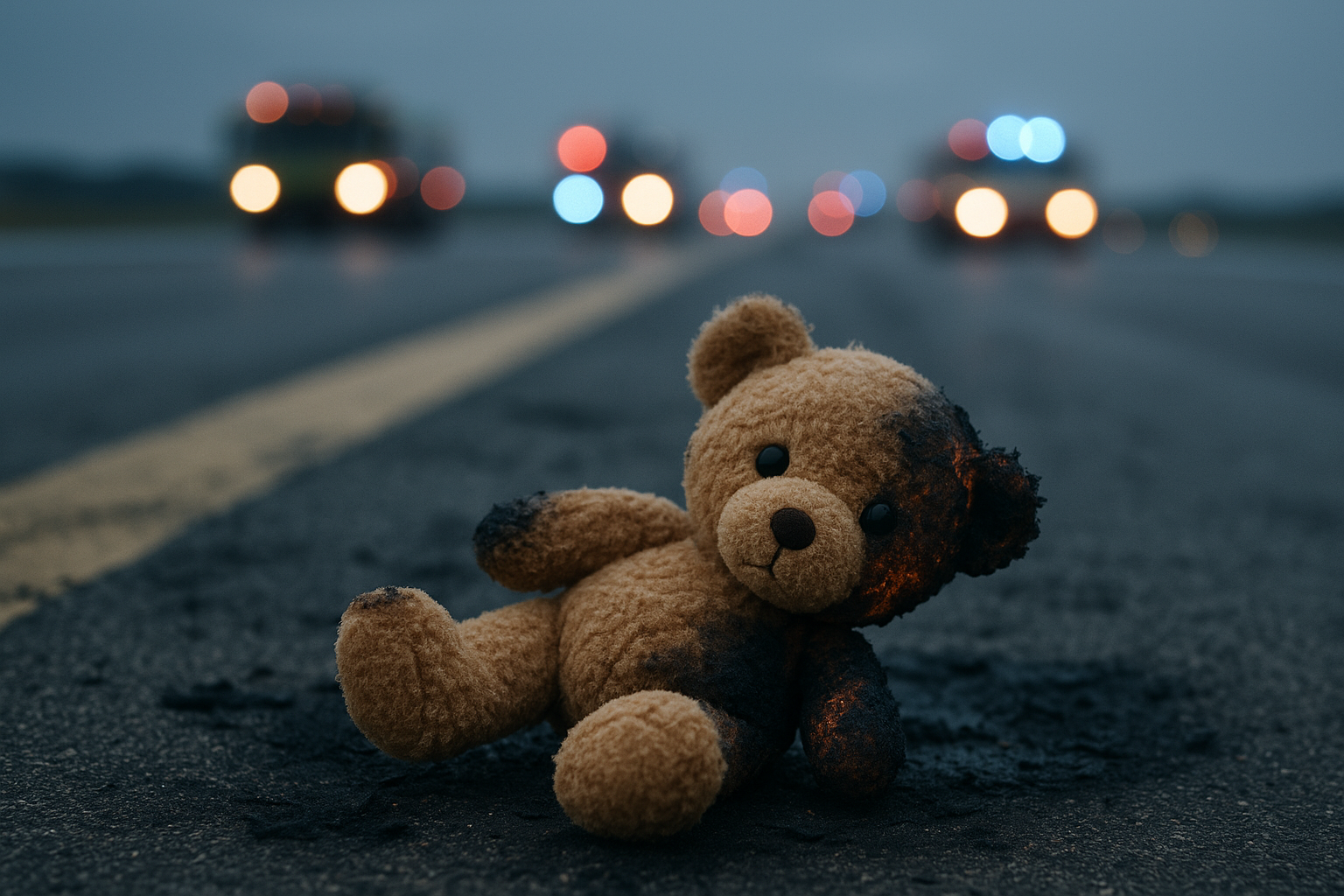
The tragedy of Northwest Airlines Flight 255 on August 16, 1987, is its sheer, devastating completeness. The MD-82 crashed shortly after takeoff from Detroit, killing 154 people on board and two on the ground. The cause was determined to be pilot error. It was, at the time, the second-deadliest aviation accident in US history.
And then there was one. A four-year-old girl, Cecelia Cichan.
A firefighter, Lt. John Thiede, was searching the smoking, unrecognizable wreckage when he heard a faint sound. He found a small arm. He pulled Cecelia from the wreckage. She was the sole survivor. Her parents, Michael and Paula, and her six-year-old brother, David, all perished.
Cecelia suffered a fractured skull, a broken collarbone, a broken leg, and third-degree burns. She was a “miracle,” but a miracle steeped in overwhelming tragedy. She was raised in Alabama by her aunt and uncle, who shielded her from the media storm, allowing her to grow up away from the haunting label of “sole survivor.”
For decades, she did not speak publicly. But in 2012, she participated in the documentary *Sole Survivor*. She revealed that she thinks about the crash “every day.” She bears the physical-scars on her arm and forehead, but the psychological scars, the “why me,” are a constant companion. She has a tattoo of an airplane on her wrist. It is not a morbid reminder, she says, but a symbol of her journey, her loss, and her strength.
5. Annette Herfkens: Eight Days of Grief and Survival (Vietnam Airlines Flight 474)
Annette Herfkens’ story is a chilling blend of profound personal loss and raw physical survival. In 1992, she and her fiancé, Willem van der Pas, were traveling on Vietnam Airlines Flight 474. The plane, a Yakovlev Yak-40, crashed into a mountainside in a remote Vietnamese jungle while attempting to land in a tropical storm.
Annette, a Dutch banker, survived the impact. Her fiancé, seated next to her, did not. He died instantly. For eight days, Annette lay in the wreckage, severely injured, with a collapsed lung, broken jaw, and multiple hip fractures. She was in agonizing pain. And she was trapped, just inches away from the man she was supposed to marry.
“I survived not *despite* him dying, but *because* he died,” she has said, a statement of shocking and heartbreaking clarity. His death gave her a “fury” and a focus. She knew she had to survive *for* him, to honor the life they had planned.
She survived by drinking rainwater that she collected on pieces of the fuselage. She battled leeches, insects, and the overwhelming grief of her situation. She was eventually found by a local Vietnamese policeman and carried out of the jungle. Her story is a powerful, gut-wrenching exploration of love and the will to live, intertwined in the most tragic way.
6. Bahia Bakari: The “Miracle Girl” of the Indian Ocean (Yemenia Flight 626)
On June 30, 2009, Yemenia Flight 626, an Airbus A310, was on its final approach to the Comoro Islands. Onboard was 12-year-old Bahia Bakari, traveling with her mother from Paris to visit family. The plane plunged into the Indian Ocean in the middle of the night, breaking apart on impact. 152 people were on board.
Bahia, who could barely swim and had no life vest, was thrown from the wreckage into the black, turbulent water. She found a piece of debris and clung to it. For over nine hours, she floated alone in one of the most shark-infested waters in the world. She was cold, terrified, and convinced she was the only one. She heard voices she thought were her mother’s, but it was just her mind playing tricks.
A rescue boat, searching for survivors, almost missed her. Rescuer Libouna Matroufi saw what he thought was a small speck. As they got closer, they saw a young girl, weak, shivering, but alive. She was the only one. Her mother, like all the others, was lost to the sea.
Bahia was dubbed “la miraculée”—the miracle girl. She suffered a fractured pelvis, a broken collarbone, and burns. When she was reunited with her father, her first words to him were an apology for not being able to save her mother. It’s a detail so profoundly human and heartbreaking that it underscores the immense psychological burden these survivors must carry.
7. Jim Polehinke: The Survivor in the Cockpit (Comair Flight 5191)
This story is perhaps the most complex and tragic of all. On August 27, 2006, Comair Flight 5191 crashed on takeoff in Lexington, Kentucky. The pilots had, in a fatal error, taxied to the wrong runway—one that was far too short for their aircraft.
The plane ran off the end of the runway, hit an embankment, and burst into flames. 49 of the 50 people on board died. The sole survivor was First Officer James “Jim” Polehinke, the man who was at the controls during the takeoff attempt.
He was pulled from the burning cockpit with catastrophic injuries. He had multiple broken bones, a collapsed lung, and severe bleeding. His left leg had to be amputated. Most significantly, he suffered severe brain damage, which erased all memory of the crash and the day leading up to it.
His survival is a miracle wrapped in an agonizing ethical and legal nightmare. He was the only survivor of a crash he was co-responsible for. While the NTSB cited the pilots’ non-compliance with sterile cockpit procedures and their failure to confirm their position, it also cited systemic issues. But for the families of the victims, Polehinke’s survival was a source of immense and complicated pain. His life was spared, but he lives in a prison of his own, confined to a wheelchair, with no memory of his final flight, and forever linked to the deaths of 49 people.
8. George Lamson Jr.: The “Ejection Seat” Survivor (Galaxy Airlines Flight 203)
On January 21, 1985, 17-year-old George Lamson Jr. was flying back from a family ski trip. He was on Galaxy Airlines Flight 203, a charter plane that crashed shortly after takeoff from Reno, Nevada. An investigation later pointed to a ground crew’s failure to properly secure an air-start-service door, which led to catastrophic vibrations.
The plane was a “flying earthquake,” as Lamson described it. As the aircraft broke apart, Lamson, still strapped in his seat, was thrown from the plane. He landed, upright and still in his seat, in the middle of a street, meters away from the fiery wreckage. 70 people died. His father was among them.
George Jr. survived with relatively minor injuries—cuts, bruises, and a concussion. His survival was so clean, so abrupt, that it was baffling. He became, for a time, a media sensation. But the psychological toll was immense. He became one of the first and most public faces of “survivor’s guilt.”
What makes his story pivotal is what he did next. He didn’t just fade into anonymity. He became an advocate, a voice for other sole survivors. He reached out to Cecelia Cichan’s family. He recognized that this unique, tragic club of one needed a community. He helped found a network for survivors of air disasters, turning his personal trauma into a mission of support.
9. Kechi Okwuchi: Finding Her Voice After the Fire (Sosoliso Airlines Flight 1145)
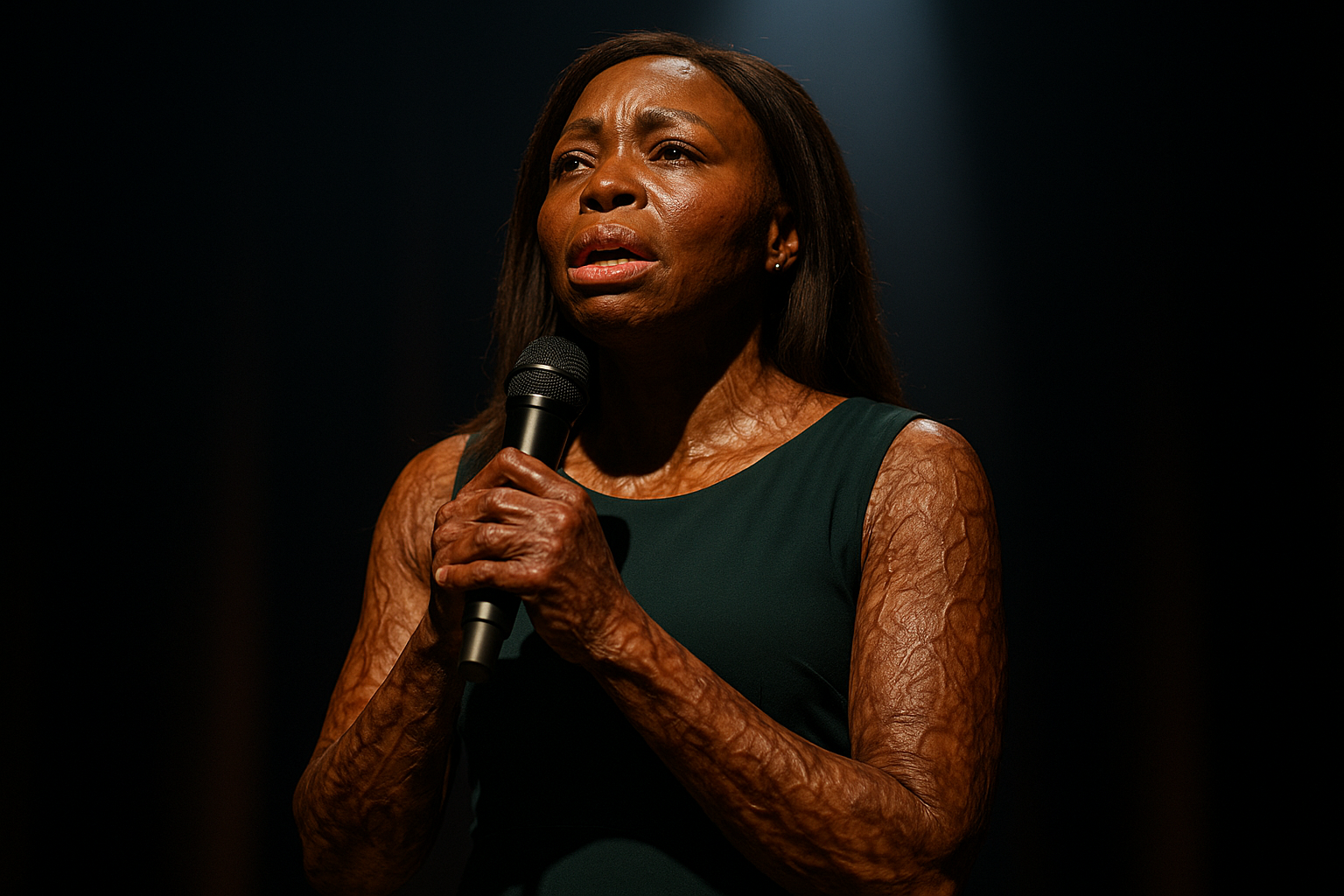
On December 10, 2005, 16-year-old Kechi Okwuchi was one of 60 schoolchildren from her high school onboard Sosoliso Airlines Flight 1145. The plane crashed during a failed landing in Port Harcourt, Nigeria, and was immediately consumed by an inferno. 107 people died. There were only two survivors. Kechi Okwuchi was one of them.
She was pulled from the wreckage, barely alive, with third-degree burns over 65% of her body. She was given a 30% chance of survival. What followed was not a single event of survival, but a grueling, years-long war. She was flown to a burn center in South Africa and then to the Shriners Hospitals for Children in Texas. She has endured over 100 surgeries.
Her story, I believe, is one of *renaissance*. While in her hospital bed, unable to move, she found her one solace: music. Singing was the only thing that brought her peace, the only thing that connected her to the person she was before the fire.
Years later, in 2017, the world met Kechi again. She walked onto the stage of *America’s Got Talent*. The scars on her body told the story of her trauma, but her voice… her voice told the story of her triumph. She sang, and the world was electrified. It wasn’t just a good performance; it was a defiant, beautiful act of reclamation. She was not “the burn victim” or “the plane crash survivor.” She was a singer. Her survival wasn’t a moment; it’s a continuous, powerful act of living.
10. Ruben van Assouw: The Youngest Witness (Afriqiyah Airways Flight 771)
On May 12, 2010, an Afriqiyah Airways flight from South Africa crashed on its final approach to Tripoli, Libya. 103 people were killed. The sole survivor was a 9-year-old Dutch boy named Ruben van Assouw.
He was returning from a safari trip with his parents, Patrick and Trudy, and his 11-year-old brother, Enzo. They all died. Ruben was found by rescuers, still strapped in his seat, in a field of debris. He had multiple fractures to both legs and underwent hours of surgery.
When he awoke in the hospital, his aunt and uncle were by his side. They had to deliver the single most devastating piece of news a child could ever hear. The world watched, holding its breath, as this small boy became the focal point of a global tragedy. He was “the miracle boy from Tripoli.”
His story is a profound reminder of the cost of such miracles. His survival was a one-in-a-million chance, but it came at the price of his entire immediate family. He was raised by his extended family in the Netherlands, away from the prying eyes of the media. His survival forces us to ask the most difficult question: how does a 9-year-old heart begin to process a miracle that is also the source of his life’s greatest pain?
The Unseen Scars: Life After the Miracle
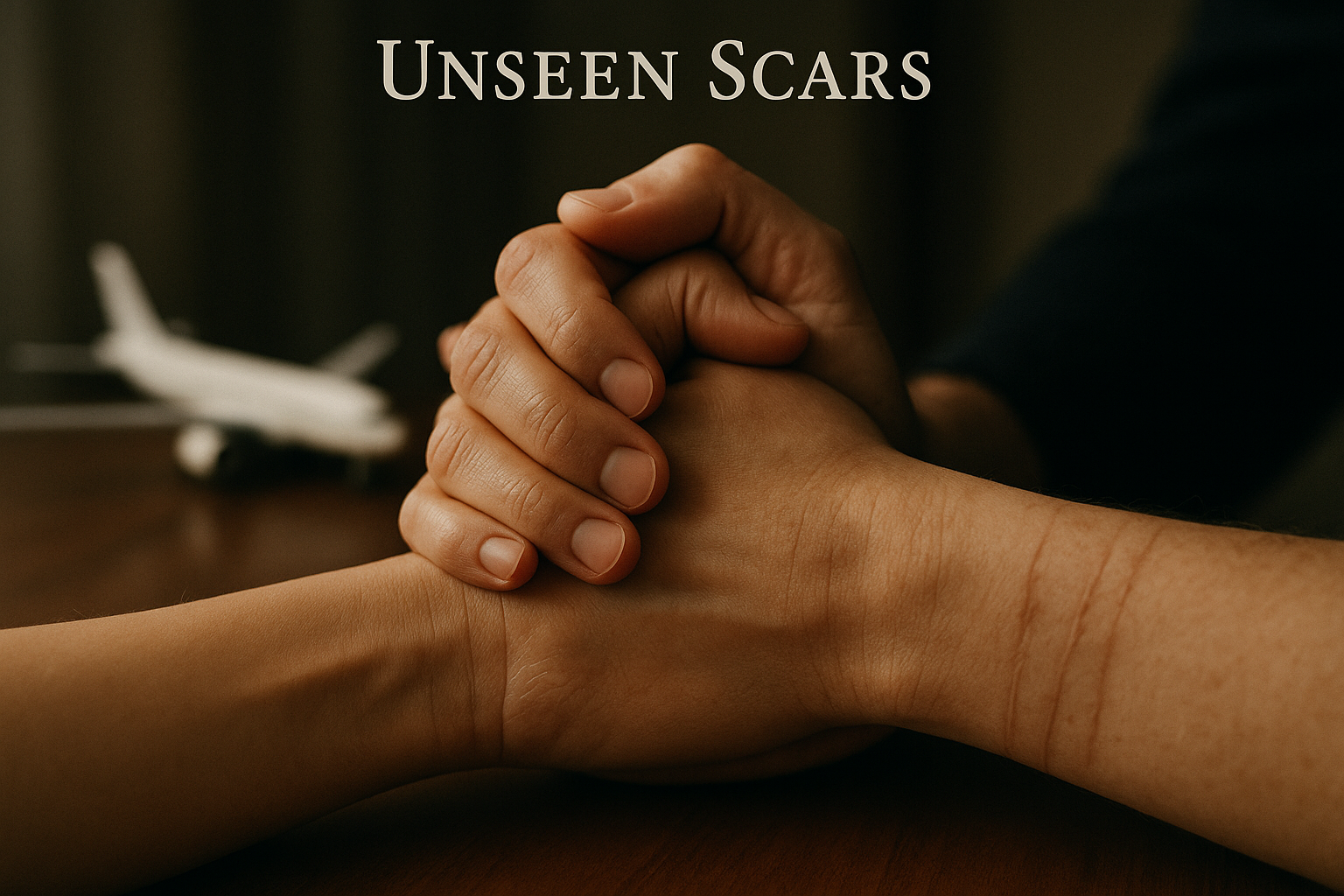
For every survivor on this list, the crash was just the beginning. The physical healing is a battle, but the psychological war is one they fight for a lifetime. The most common and cruelest burden is “survivor’s guilt.” Why me? Why did I live when the person next to me, the child, my mother, my father, did not?
It’s a question with no logical answer. As we saw with George Lamson Jr. and Cecelia Cichan, they often feel an intense need to connect with other sole survivors, to find someone, anyone, who understands this incredibly isolating experience. They must learn to live with the miracle, to accept a gift that was born from so much death. They are not just survivors; they are witnesses. They carry the memory of the flight, the faces of those who were lost, and the profound, unanswerable questions of fate.
Lessons in Resilience: What They Teach Us
So, what do we, in the safety of our homes, take from these terrifying stories? We learn that survival is not a single thing. It is a constellation of factors.
It is **Knowledge**, like Juliane Koepcke’s, which turned the jungle from a green tomb into a pathway to life. It is **Community**, like the Andes survivors, who had to redefine their own morality to collectively endure. It is **Purpose**, like Annette Herfkens, who found in her grief a furious reason to live. It is **Renaissance**, like Kechi Okwuchi, who refused to be defined by her scars and built a new life from the ashes. And sometimes, as with Vesna Vulović, it is a cosmic, inexplicable, impossible **Chance**.
These 10 individuals did not ask to be symbols of hope. They are ordinary people who were subjected to an extraordinary and terrible test. They remind us that the human spirit’s capacity to endure—to fight for one more second, one more breath, one more day—is perhaps the most powerful force in the universe.
Their stories are a humbling reminder of life’s fragility, but also its astonishing, stubborn, and miraculous resilience. If you are facing your own seemingly impossible odds, I hope these stories offer a glimmer of light. Not a promise of a miracle, but a testament to the strength that lies within us all.
